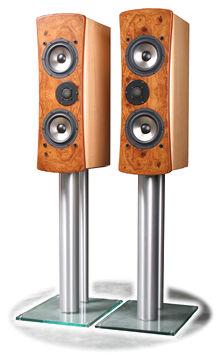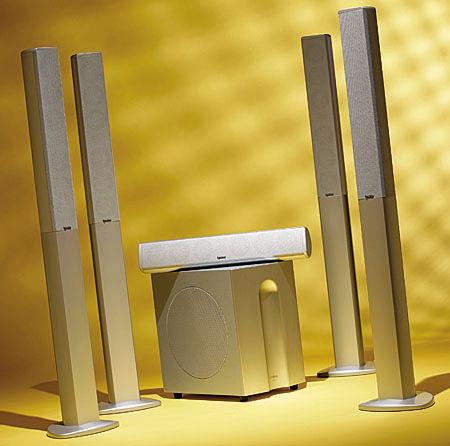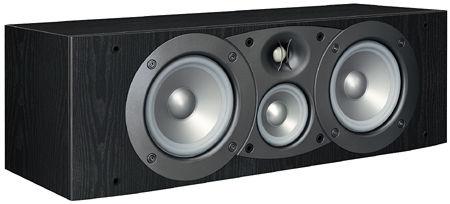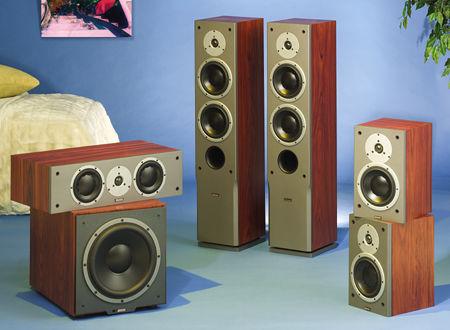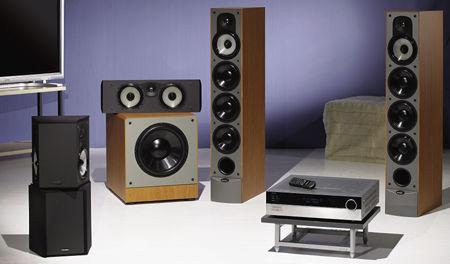Tower Speaker Reviews
Sort By: Post Date TitlePublish Date
|
Aug 14, 2005
|
Jul 20, 2005
|
Jun 19, 2005 |
First Published: Jun 20, 2005
|
Jun 16, 2005
|
May 01, 2005 |
First Published: May 17, 2005
|
May 01, 2005 |
First Published: May 17, 2005
|
Apr 17, 2005
|
Mar 05, 2005
|
Feb 20, 2005


